Asheville Postcard Company Salesman’s Samples Collection
By Joey Harrington, Special Collections Intern
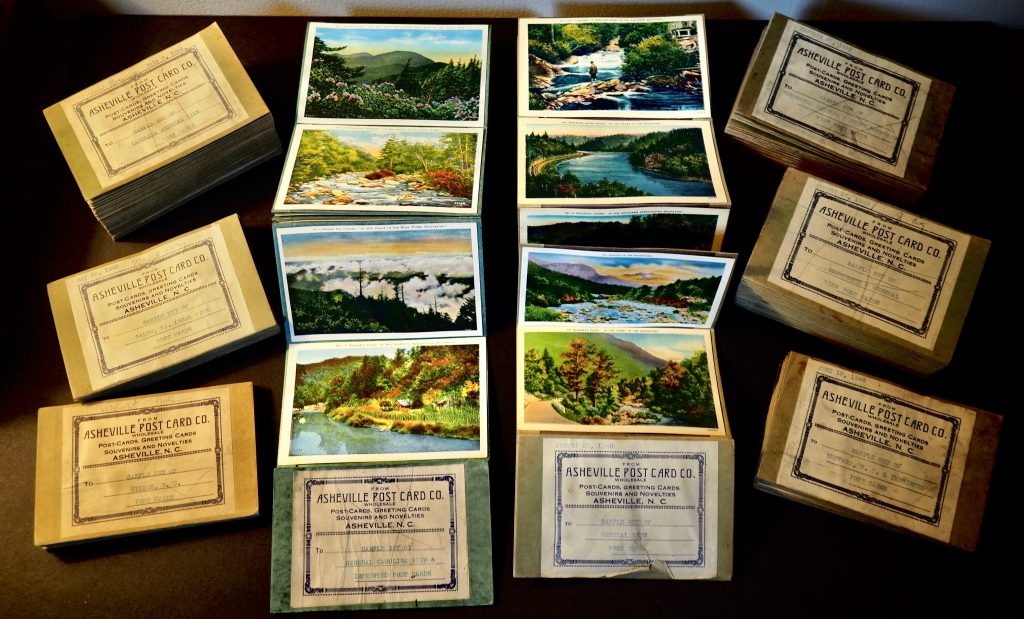
Lamar Campbell LeCompte founded the Asheville Postcard Company in 1913. For the majority of the company’s history, from 1930 to 1977 when LeCompte passed away, they were located on “a little street between Broadway and North Lexington” which writer J.L. Mashburn describes as just a “nook in an alley in a weather beaten establishment” (Mashburn 72). According to Mashburn this little “nook” contained an estimated ten million postcards dating from 1912 to 1950.
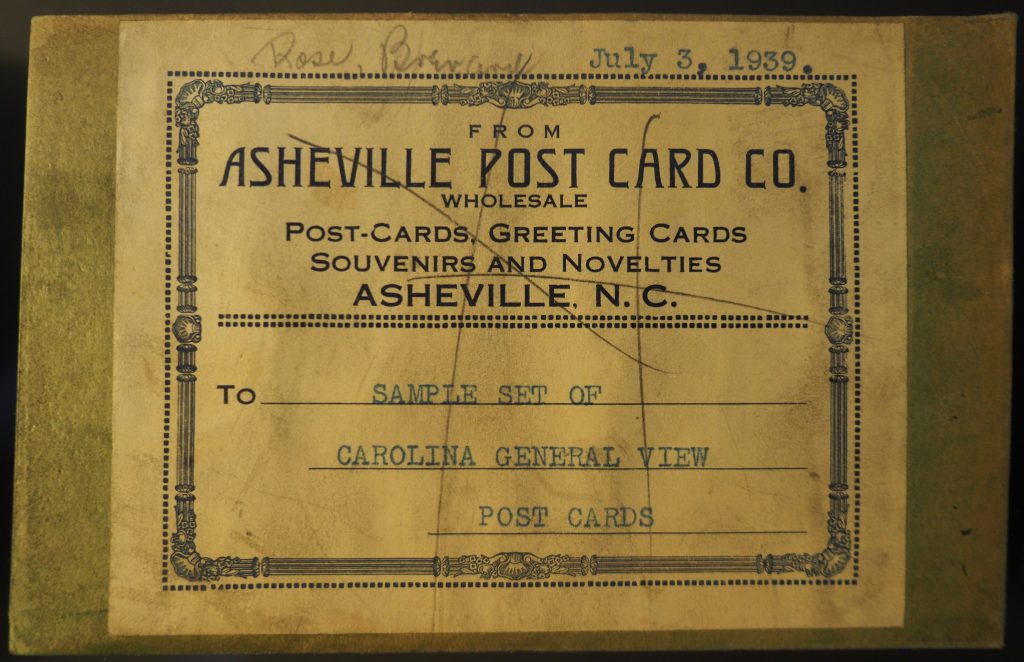
The Asheville PostCard Company Salesman’s Samples Collection was donated to UNCA Special Collections by local collector BIll Hart. The salesman’s sample books eachs feature different cards marketed to promote towns or communities, and were carried by salesman to be shown to prospective buyers. Dating from 1939 to 1941, the 11 sample booklets in this collection document the commercial process of how these popular and colorful cards came into the hands of consumers. Salesman would call at retail establishments such as tourist attractions, hotels, drugstores, and other venus with these samples and take orders for both generic and customized cards. The orders would be printed and shipped to the retailers, where they would be purchased by tourists and locals alike.
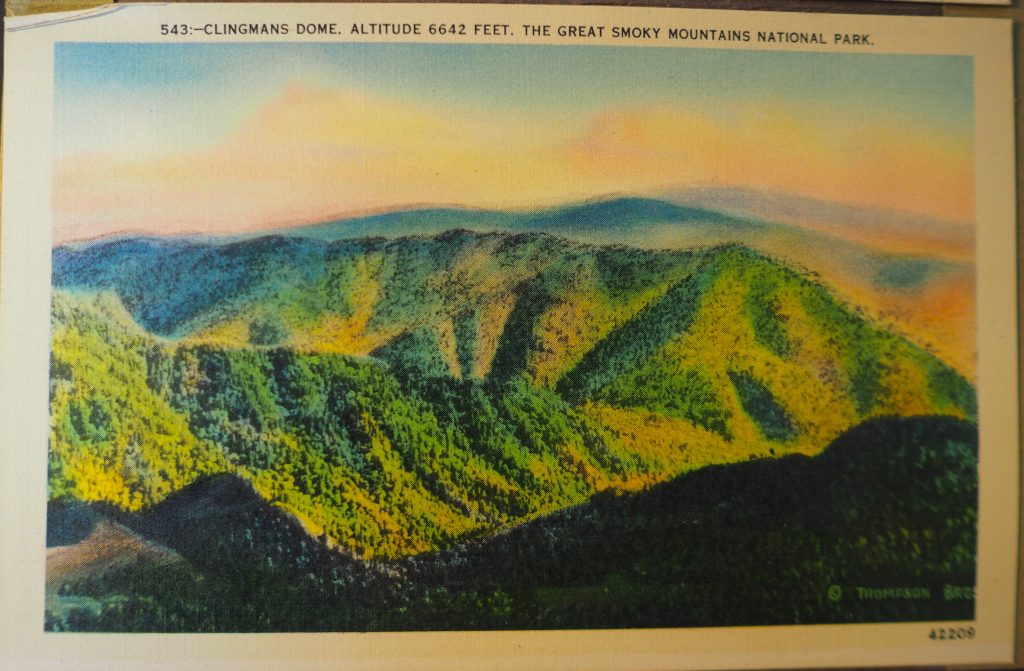
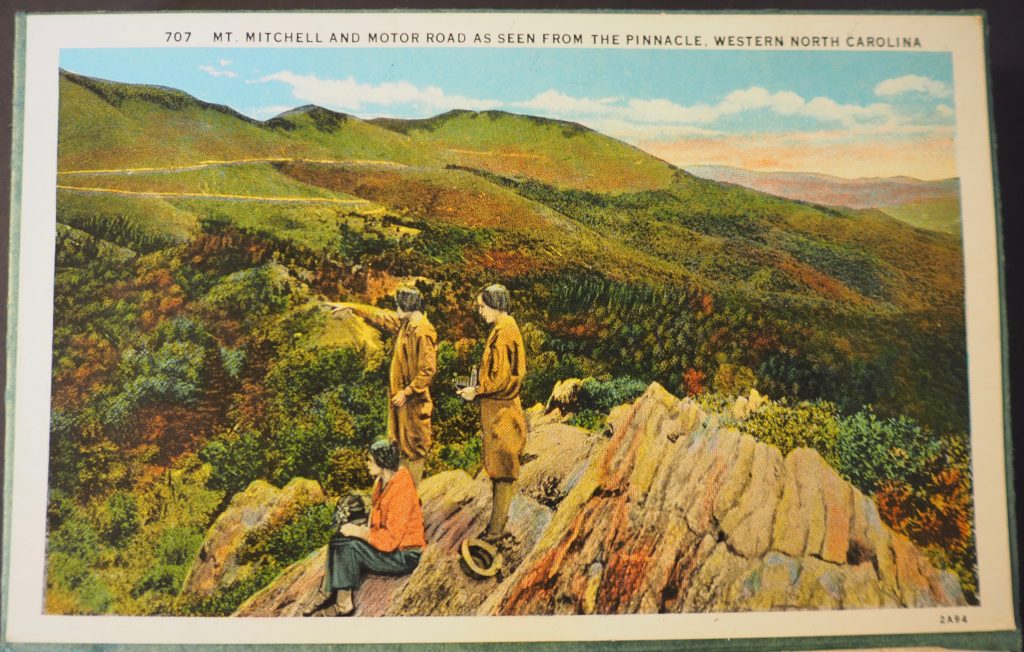
The booklets contain “linen postcards.” According to the cultural historian Jeffrey L. Meikle, linen postcards “so called for their embossed surfaces resembling linen cloth, dominated the American market for landscape view cards from 1931 into the early 1950s” (Meikle 2). The linen cards, which originated at Curt Teich in Co. in Chicago, were “based on retouched black-and-white photographs” printed on “inexpensive cardstock in vivid, exaggerated colors” (Meikle 2).
In the late 1930s and early 40s, when stamps were a mere half penny and mail could be delivered two to seven times a day, the postal service was the primary method of communication for many people in the United States (USPS). According to the US Postal Service website, in 1940 roughly 525,000 privately printed postcards were mailed in the United States and when you add “postal cards” that were pre-stamped, the number jumps to roughly 2.5 million.
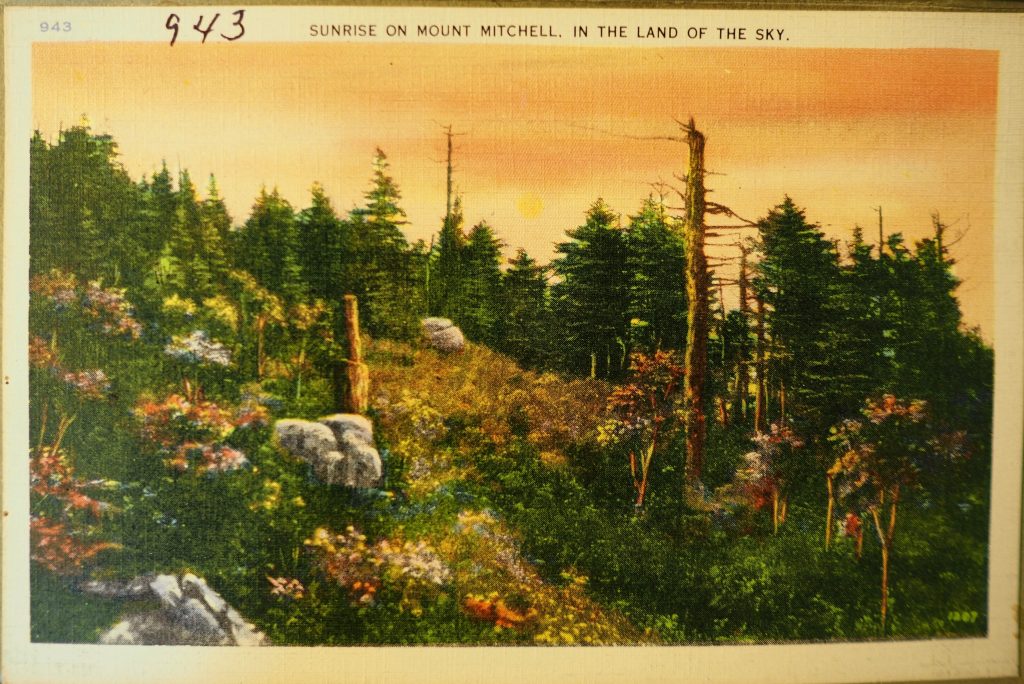
For scholars like Meikle, these widely disseminated postcards offer “a window into popular middle-class attitudes about nature, wilderness, race and ethnicity, technology, mobility, and the city during an era of intense transformation” (Meikle 4). The recently donated postcard samples from the Asheville Postcard Company certainly seem to represent many of the “popular middle-class attitudes” that Meikle describes. The majority of the cards depict idyllic “nature scenes” of the Blue Ridge Mountains, with photos of places like Clingman’s Dome and Mount Mitchell, while also featuring the architecture of various downtown districts in Western North Carolina. The cards simultaneously present pictures indicative of a culture of white supremacy, with explicitly racist representations of African Americans featured in some of the photos.
The new collection, which includes over a hundred postcards, will be a valuable resource for anyone interested in studying Western North Carolina culture in the early 20th century and will now be available for reference at UNCA Special Collections. More cards from the collection are featured below.
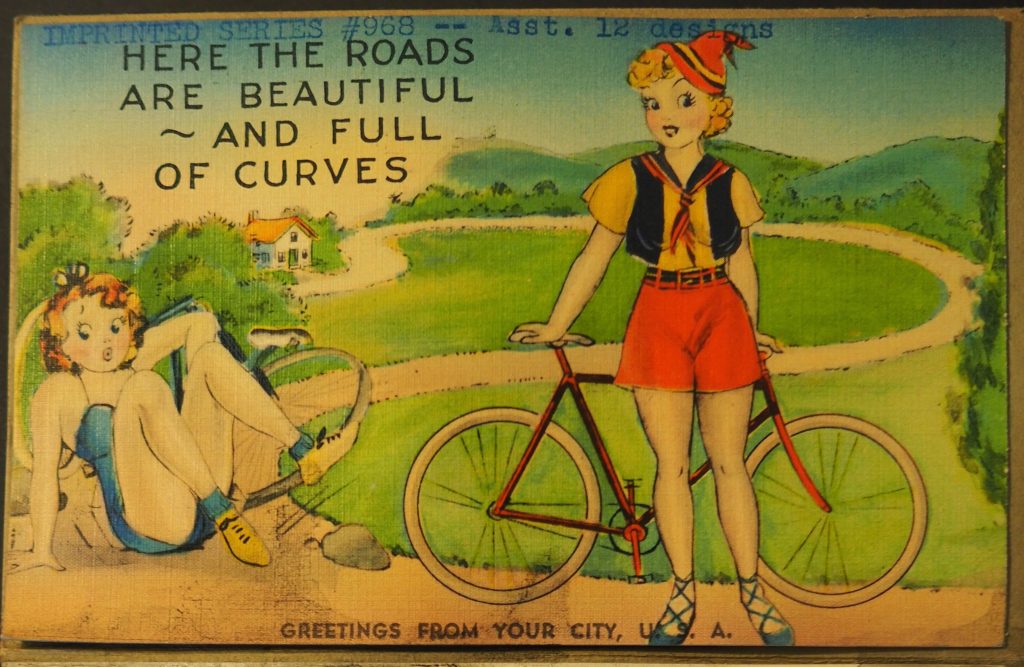
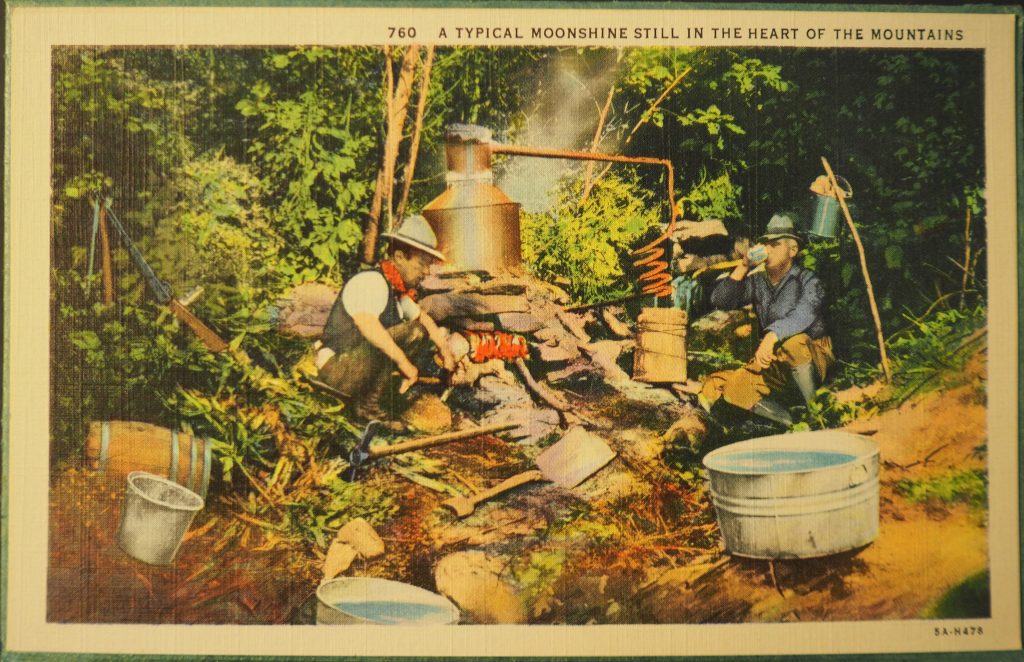
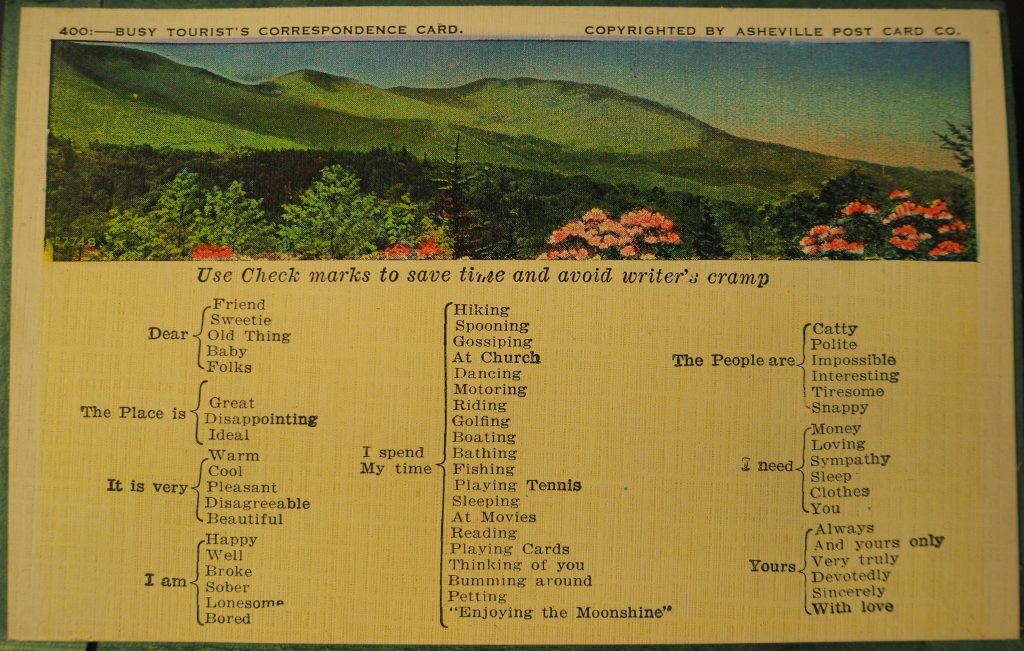
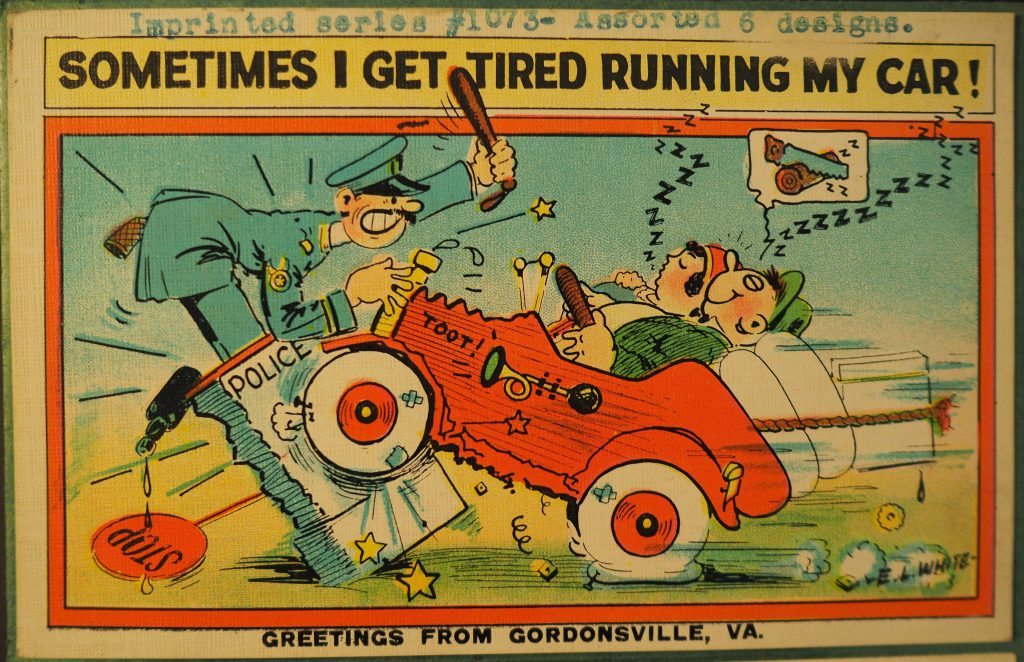
Joey Harrington studies History and Jazz and Contemporary Music at UNC Asheville.
Sources:
Mashburn, J. L., Asheville & Buncombe County…Once Upon a Time. Enka, NC: Colonial House Publishers, 2012.
Meikle, Jeffrey L. Postcard America: Curt Tech and the Imaging of a Nation, 1931-1950. Austin: University of Texas Press, 2015.
